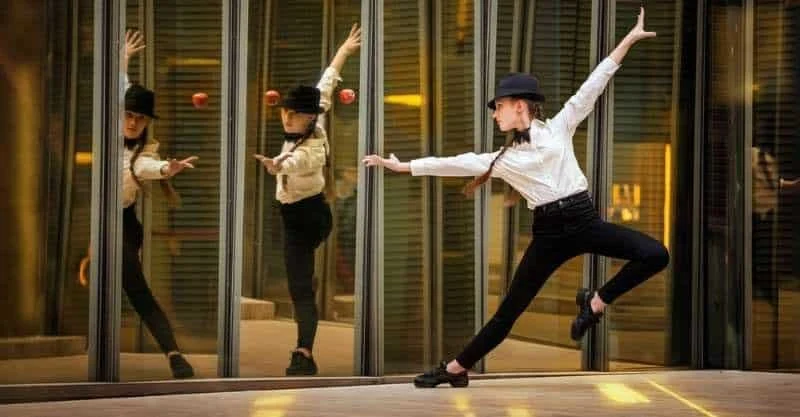
- 1. Why Jazz Dance Is Popular
- 2. The History and Evolution of Jazz Dance
- 3. Jazz Dance Techniques You Need to Know
- 4. Jazz Dance in Popular Culture
- 5. How to Start Learning Jazz Dance: A Step-by-Step Guide
1. Why Jazz Dance Is Popular
Jazz dance has been a staple of the entertainment and dance world for decades, captivating audiences with its energy, style, and versatility. From Broadway to contemporary dance floors, jazz dance continues to be a popular form of expression. But what makes jazz dance so popular? For many, its fusion of rhythm, improvisation, and cultural influence offers a unique experience that few other dance forms can replicate. In this article, we'll explore why jazz dance is still going strong, especially in the context of weddings, parties, and performance arts.
2. The History and Evolution of Jazz Dance
Jazz dance has roots in African American culture and has evolved significantly over the years. The dance form emerged in the early 20th century, blending African rhythms with European musical traditions. Its early forms were characterized by improvisation, syncopated rhythms, and dynamic movements. The 1920s saw jazz dance flourish with the popularity of swing and jazz music, which laid the foundation for modern jazz styles. Over the years, jazz dance incorporated elements of ballet, contemporary dance, and even hip-hop, making it one of the most adaptable and evolving dance styles in the world.
3. Jazz Dance Techniques You Need to Know
Jazz dance encompasses a variety of techniques that help dancers master the art form. Understanding the key elements of jazz dance will enhance your skills and performance. Some of the most essential techniques include:
1. Isolations
Isolations involve moving one part of the body while keeping the rest of the body still. This technique allows dancers to add sharp, distinct movements to their performances, making the dance look smooth yet powerful. Common isolations include shoulder rolls, hip movements, and head tilts.
2. Turns and Leaps
Turns and leaps are fundamental components of jazz dance that add flair and excitement to the performance. Dancers learn different types of turns, including pirouettes, and dynamic leaps, such as grand jetés and calypsos, to elevate their routines.
3. Syncopation
Jazz music is known for its syncopated rhythms, which create an off-beat feel. In jazz dance, this syncopation is mirrored through movements that emphasize unexpected accents and rhythms, making the dance more lively and unpredictable.
4. Jazz Hands
A signature feature of jazz dance, jazz hands involve spreading the fingers wide and creating an energetic, dramatic gesture. This iconic move is often used to punctuate movements and add visual flair to performances.
4. Jazz Dance in Popular Culture
Jazz dance has become synonymous with Broadway musicals, movies, and television performances. Iconic shows like "A Chorus Line" and "Chicago" showcased jazz dance at its finest, and movies like "Flashdance" brought it into the homes of millions. Today, jazz dance continues to thrive in various genres, from musical theater to dance competitions like "So You Think You Can Dance." Its influence is seen across different dance styles, from contemporary to hip-hop, as it remains a cornerstone of dance education.
5. How to Start Learning Jazz Dance: A Step-by-Step Guide
If you're interested in learning jazz dance, here is a simple, step-by-step guide to get started:
Step 1: Find the Right Dance Studio
The first step in learning jazz dance is finding a good dance studio or class. Look for a reputable dance studio that offers beginner-level jazz dance classes. Check for reviews or get recommendations from other dancers to find the best fit for your learning style.
Step 2: Start with the Basics
Before you dive into complex jazz routines, it's important to understand the basics of dance. Work on your posture, flexibility, and basic jazz techniques such as isolations, pliés, and simple footwork. Most dance studios offer beginner classes, which provide the foundation for more advanced moves.
Step 3: Practice Regularly
Consistent practice is key to mastering jazz dance. Try to practice at least 2-3 times a week to build muscle memory and improve your coordination. You can practice your moves at home, in front of a mirror, or attend group classes to refine your skills.
Step 4: Focus on Rhythm and Timing
Jazz dance is all about rhythm and timing. Make sure to practice with music that has a strong beat, and focus on staying in sync with the rhythm. Whether it's a fast-paced jazz tune or a slower ballad, being able to move fluidly with the music is essential for jazz dancers.
Step 5: Take Performance Classes
Once you’ve gained some proficiency in jazz dance, consider taking performance or choreography classes. These classes will help you learn to put your movements into a routine, perform with expression, and develop your stage presence.
Jazz dance is an exciting and dynamic style that offers a lot of opportunities for self-expression and creativity. By understanding the techniques, history, and cultural significance of jazz dance, you’ll gain a deeper appreciation for this timeless art form. To begin your jazz dance journey, check out Creative Edge Dance Studio for beginner-friendly classes and expert guidance on how to improve your dance skills.
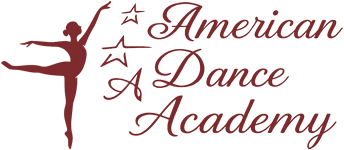
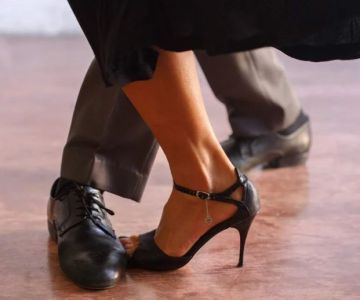
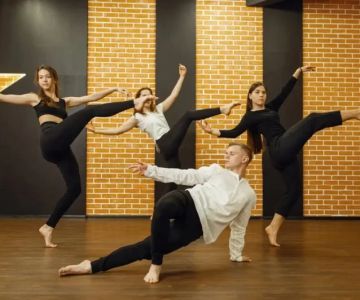
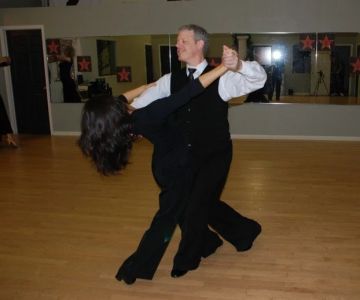
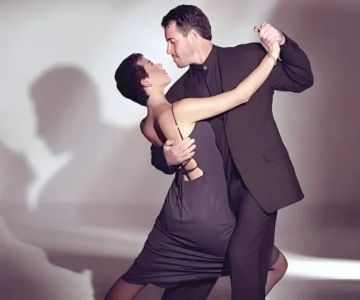
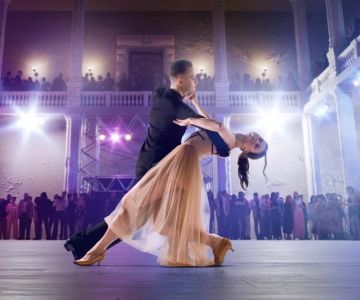
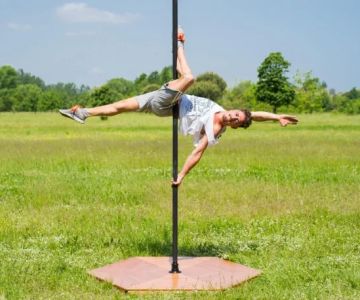
 The Love of Dance5.0 (14 reviews)
The Love of Dance5.0 (14 reviews) Sound Elite Athletics4.0 (35 reviews)
Sound Elite Athletics4.0 (35 reviews) Pennsylvania Regional Ballet4.0 (25 reviews)
Pennsylvania Regional Ballet4.0 (25 reviews) FireHorse Saloon4.0 (28 reviews)
FireHorse Saloon4.0 (28 reviews) Dance Arts Centre Indian Harbour Beach4.0 (11 reviews)
Dance Arts Centre Indian Harbour Beach4.0 (11 reviews) DanceSport Boston Dance Studio5.0 (17 reviews)
DanceSport Boston Dance Studio5.0 (17 reviews) Bollywood Dance for Couples: Common Mistakes to Avoid
Bollywood Dance for Couples: Common Mistakes to Avoid Jazz Dance to Try in 2025 – What You Need to Know About Jazz Dance Trends
Jazz Dance to Try in 2025 – What You Need to Know About Jazz Dance Trends Why Bollywood Dance Is Popular and Its Cultural Origins
Why Bollywood Dance Is Popular and Its Cultural Origins Do Colleges Have School Dances? A Look at Modern Campus Dance Life
Do Colleges Have School Dances? A Look at Modern Campus Dance Life Top 10 Hip Hop Moves Explained - Master the Best Moves for Beginners and Pros
Top 10 Hip Hop Moves Explained - Master the Best Moves for Beginners and Pros How to Master Waltz for Kids: A Complete Guide to Teaching the Dance
How to Master Waltz for Kids: A Complete Guide to Teaching the Dance